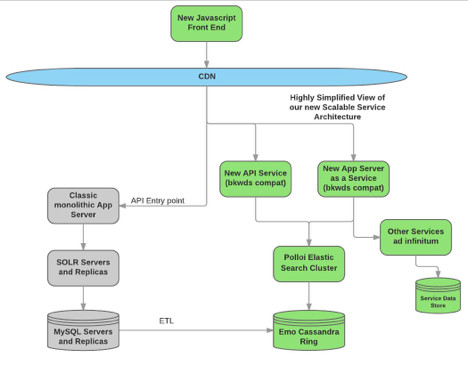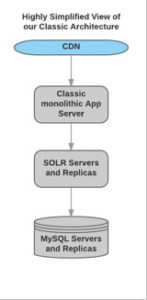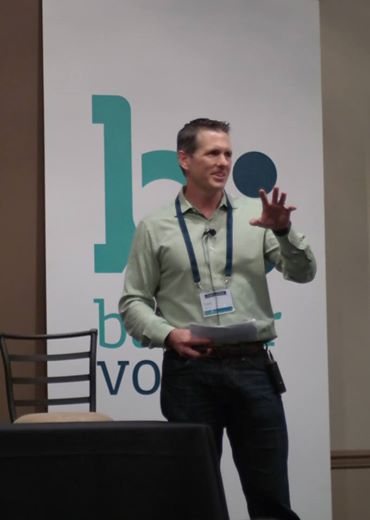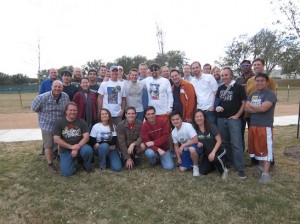Have you heard? Blogging is dead. It officially died November 30, 2022. RIP.
Not that it wasn’t on its last leg before then, but its officially now dead. If you missed the obit, feel free to adopt this as the official notice.
The consumption of video and the reduction of the attention span of the average person to the length of a tweet had already been a harbinger of the demise of blogs. But ChatGPT has officially killed it.
Why would anyone continue to blog when everything you write will be aggregated into a neural network to be regurgitated later without attribution in a chatbot?
That’s a shame, but as I’ve been putting all my energy into my book, its fine.
I’ll leave up most of my posts from the past, because, well, they’re most likely already in the neural network of every AI model anyway.








